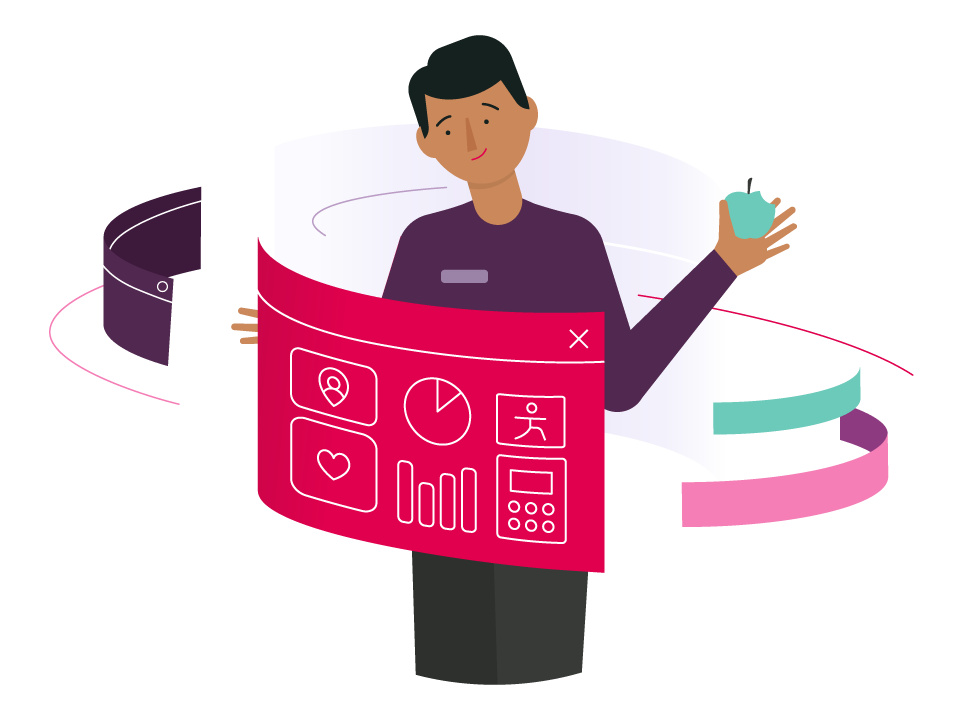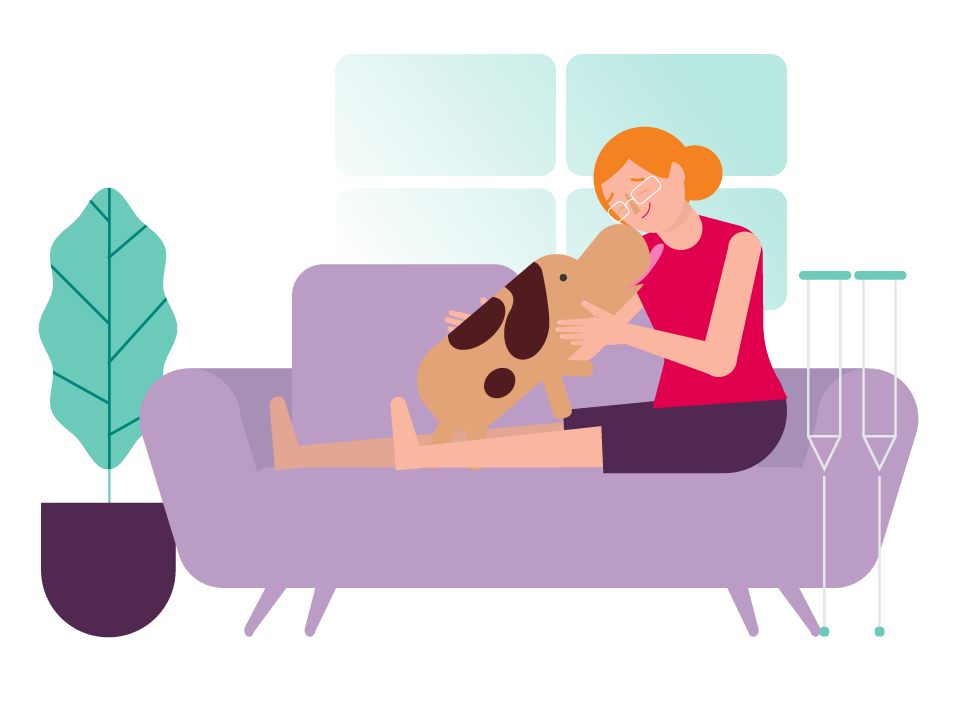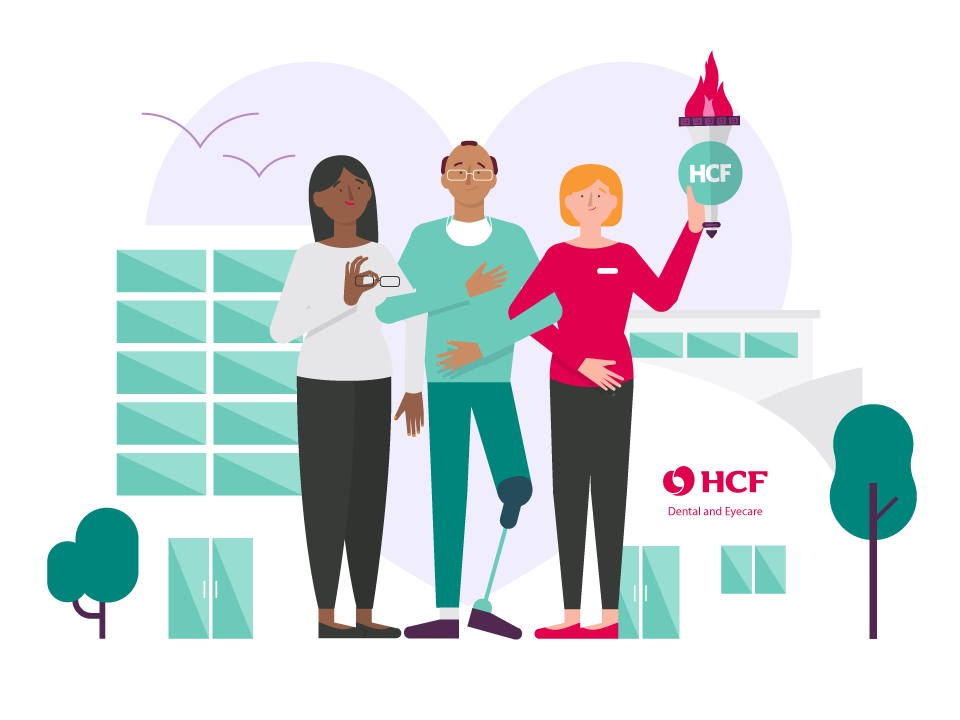Talk to your surgeon about which of these measures apply, or may be helpful, to you.
The wound site
After you go home, you need to look after the wound site by keeping it dry and clean until the sutures or staples are removed.
Avoiding injury
A fall can result in damage to the new hip joint, so it’s important to make your home as safe as possible. See Preparing for surgery.
Watching out for infection
Signs of infection in the wound include redness, heat, swelling, discharge and increased pain. If you think the wound might have become infected, contact your surgeon immediately.
Avoiding dislocation
To prevent dislocation of the prosthesis, you may be asked to take special precautions when sitting, bending and sleeping, particularly for the first 6 weeks after surgery. These will vary depending on the surgical approach your surgeon used.
If an anterior approach has been used, you may be advised not to rotate the leg outwards beyond 45 degrees. If a posterior approach is used, you shouldn’t cross your legs, your toes shouldn’t point inwards and your knee shouldn’t be higher than your hip.
While you’ll eventually be able to resume most activities, you may have to change the way you do them. For example, you may have to learn new habits, such using a grabber to pick things up off the floor.
Wound management
Make an appointment to visit your GP within 2 weeks after leaving hospital. They’ll check the wound and review your anticoagulation and pain medication.
Stitch or staple removal
Make an appointment with your GP to have your stitches or staples removed 10 days after surgery.
Scar management
Once the scar has healed, you can rub a scar reduction cream, vitamin E or sorbolene into the area to help with healing.
Getting in and out of cars
While you’re recovering, it can be difficult getting in and out of cars such as low sports models and high SUVs. Use the front passenger seat. Have the seat pushed back as far as it can go, then recline the seat back to give as much room as possible. Back up to the car seat and slide your operated leg forward. Reach back to support yourself with one hand on the back of the seat while placing the other on the dashboard. Then slowly lower yourself onto the seat. Gently swing your legs into the car. To avoid the risk of deep vein thrombosis (DVT), don’t travel for more than 2 hours without a break.
Managing night pain
Pain at night is a common symptom which can affect your sleep. If you’re affected, try taking an anti-inflammatory or analgesic an hour before sleep. Night pain will decrease after a few weeks and will eventually resolve.
Getting back to normal
You can expect to have limitations on your ability to carry out some normal activities for 6–12 months after a total hip replacement.
Pain medications
Opiate pain medication and lack of exercise can cause constipation. Keep track of your bowel movements. If constipation becomes a problem, you may need to take a laxative or reduce or modify your pain medication. Discuss alternatives with your doctor.
How long to take your pain medication
Pain tolerance varies from person to person, but most people need pain medication during the first month.
If you’ve been taking strong pain relievers, you should try and reduce your dependence on them. This is best done gradually, by tapering your dosage until you can manage without them. Work with your GP on this.
Important: Don’t drive or operate heavy machinery until your surgeon gives you the okay.







